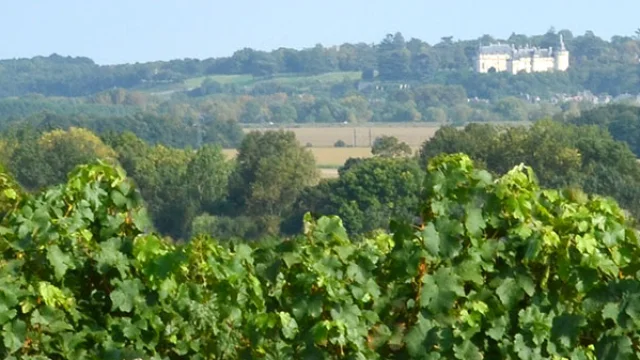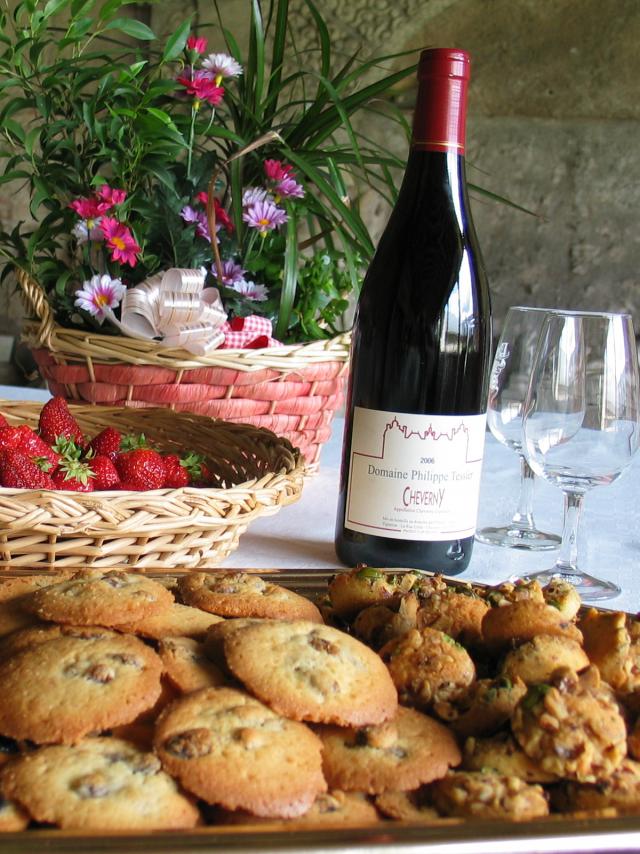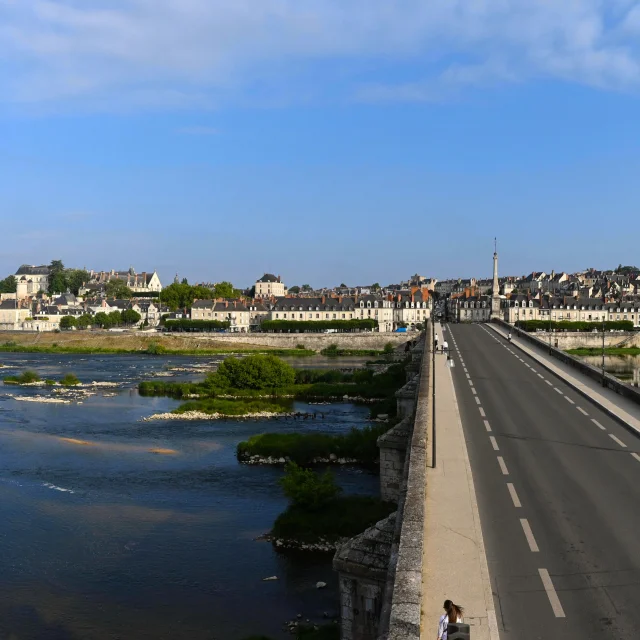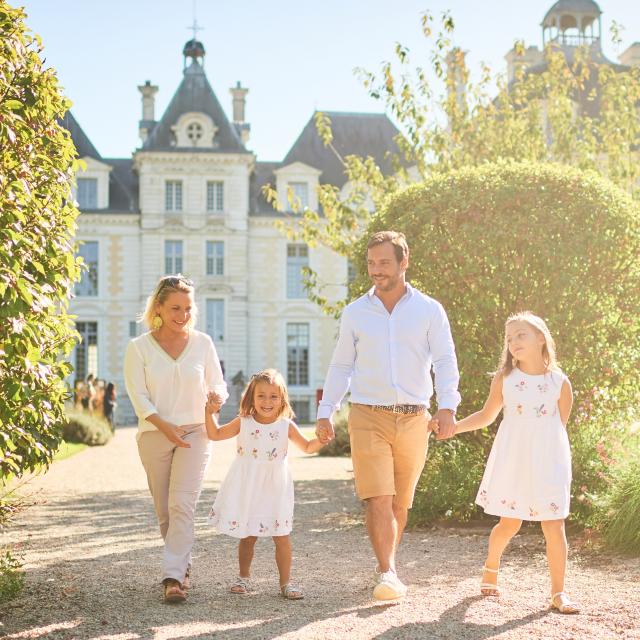Almost five hundred years ago, when François I undertook the construction of a château for his mother in Romorantin, under the pencil strokes of a certain Leonardo da Vinci, he didn’t forget to include vines, and introduced a new grape variety from Burgundy for the occasion.
The latter is particularly well-suited to this siliceous soil, and its rusticity easily accommodates the climate, which is more contrasted here than in the rest of the Loire vineyards.
Difficult to tame, with high acidity and modest yields, it’s not destined to spread across the country, but when properly mastered, it produces an exceptional wine, complex and built for ageing: a scenario conducive to the blossoming of real typicity.
In 1993, the appellation d’origine contrôlée Cour-Cheverny, dedicated to this single grape variety, Romorantin, was recognized.
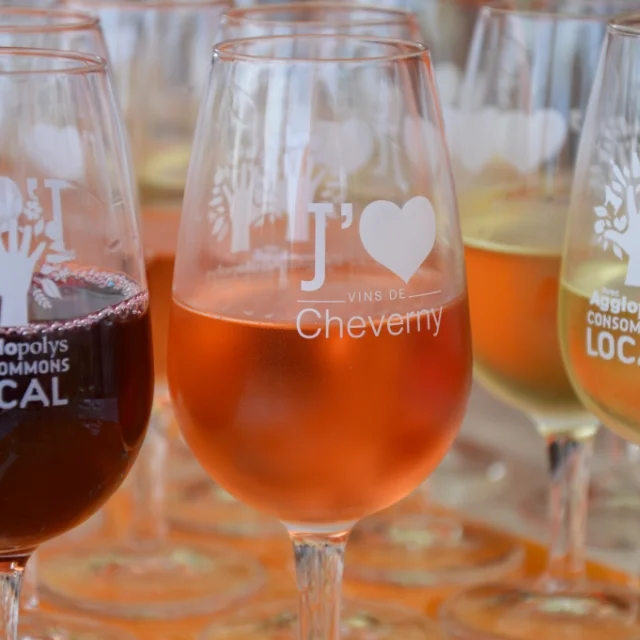 ????????????????????????????????????
????????????????????????????????????A white wine for laying down
Cour-Cheverny is a white wine, usually dry, but can also be a fine sweet wine when the vintage lends itself to it. Highly aromatic, full-bodied and long on the palate, it can be drunk young, with a lively, floral, lemony bouquet, and goes well with fish and scallops.
But it is with age that it will unfold all its aromatic richness and opulence, inviting honey, dried fruit, acacia… It will then make a perfect companion for sweetbreads, poultry in cream sauce or lobster.
Fewer than thirty producers bear this appellation. Among them, some historic estates have worked hard for the recognition of Cour-Cheverny and the preservation of Romorantin, often neglected in favor of “easier” grape varieties such as Sauvignon. But the appellation’s dynamism is also fueled by newcomers, some of them “neo-vignerons”, seduced by the originality and potential of the grape variety, but also by the well-preserved environment of one of France’s “greenest” vineyards.
Such is the case of Cyrille Sevin, a mathematics teacher who swapped his chalk for a serpette to set up in 2007 in Mont-Près-Chambord, in the heart of the appellation zone.
His organic range explores different expressions of the local terroir: Cheverny whites and reds, Crémants de Loire and, the flagship cuvée that is the focus of all attention, a Cour-Cheverny. He is particularly fond of Romorantin, which he has tamed in the vineyard by harvesting it almost a month after the other grape varieties, and in the cellar by giving it time to express itself. His advice is to let his Cour-Cheverny age for at least two years, and if possible to forget about it for eight to ten years.
